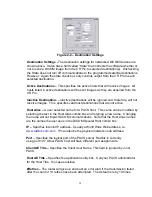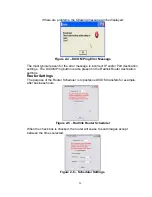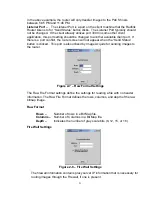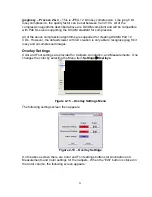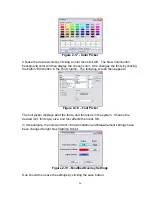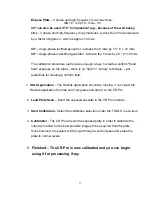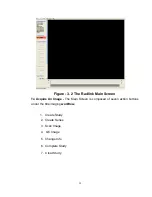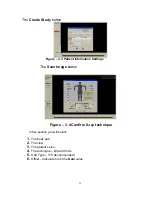
Figure 2-2 – Destination Settings
Destination Settings -
The destination settings for networked DICOM devices are
shown above. It also has a field called “State” that instructs the software whether or
not to send a DICOM image
from the CR Pro to
selected destination(s). Unchecking
the State does not turn off communications to the programmed satellite destinations.
However; Again the state check box only controls output from the CR Pro to each
selected destination.
Active Destinations –
This specifies the active hosts that will receive images. All
hosts listed in active destinations will be sent images as they are acquired from the
CR Pro.
Inactive Destinations –
Inactive
destinations
will be ignored and, therefore, will not
receive images. This specifies valid host destinations that are not active.
Host Alias –
A user selected name for a PACS host. This name can be modified by
selecting the text in the Host Alias combo box and retyping a new name. Changing
the name will not impact DICOM communications. Note that the Host Alias names
are the names the user sees in the DICOM Spooler Host combo box.
IP
–
Specifies Internet IP address. Usually a World Wide Web address, i.e.
www.radlink.com.com
. IP can also be the physical network node address.
Port –
Specifies the logical port of the PACS server. Radlink is currently
using port 107. Other PACS host will have different port assignments.
Client AE Title –
Specifies the Client User Name. This field is ignored by most
PACS.
Host AE Title
–
Specifies the application entity title. Call your PACS administrator
for the Host Title. It is case sensitive.
#Retries –
The router will give up and post an error alert if the transmission failed
after the count of 10 retries have been attempted. The default is retry 10 times.
18















